
Table of Contents
Congressional Candidate Interviews
13th Congressional District
The 13th congressional district in Illinois includes all or parts of Champaign-Urbana, Decatur, Springfield, and Bloomington-Normal and the suburbs of East St. Louis.
Republican Rodney Davis has represented the district in the House since 2012, and he narrowly won reelection to the seat two years ago in a close race with Democratic challenger Betsy Dirksen Londrigan. This year the two face off again in what is shaping up to be a close race.
15th Congressional District
Illinois’ 15th congressional district is massive – larger, even, than the state of Maryland. It stretches north to Rantoul, south to the Kentucky border, and west to the east St. Louis suburbs.
This year, the district’s representative, John Shimkus (R) is retiring, and Republican Mary Miller and Democrat Erika Weaver are vying to replace him.
Voting In Illinois FAQ
You need to register first. Only registered voters can vote.
- You are a U.S. citizen (native-born or naturalized)
- You are at least 18 years old by November 3, 2020
- Since October 5, 2020, you have lived at the address you listed when you registered to vote
- You can vote if you have been convicted of a crime, are not incarcerated now and meet the above requirements. If you are in a county jail and have not been sentenced, you can vote by mail.
September 24, 2020 is the first day of early voting.
On-line:
Before 11:59pm on 10/18, go here. You’ll need these four things:
- Your valid Illinois driver’s license or Illinois state ID number
- The last four digits of your social security number
- The date your IL driver’s license or state ID was issued
- Your birth date
In Person:
- At your local election authority’s office or at voter registration drives authorized by your election authority. Contact your election authority by going to the Illinois State Board of Elections website
- Once you are there, select your county or your city (if you live in Chicago, Danville, Galesburg, Bloomington, East St. Louis, or Rockford) to see your election authority’s name, address, phone number and website (if they have a website). To find the name of your county, in a search engine type the name of your city and state and “is in which county?” For example, “Decatur, Illinois is in which county?”
- Drivers’ License facilities but only if you are updating or applying for a state ID or driver’s license. To find your nearest drivers’ license facility, go to the Illinois Secretary of State’s official website and type in your zip code. The secretary of state, by the way, is elected by voters.
- Deputy registrars. Deputy registrars are registered voters who are trained by their election authority to register voters. Deputy registrars may come to your home or school, for example, and may be at public events.
By Mail:
Print your voter registration form from this site.
For identification purposes, you will be asked to provide.
- Your valid Illinois driver’s license or Illinois state ID number or the last four digits of your social security number
If you do not provide this required information when you mail in your form, you will be required to provide to election officials these documents the first time you vote in person or prior to voting by mail.
Online voter registration closes October 18, 2020 at 11:59pm (16 days before election day).
Yes, just not on-line. You will need to print your application from the on-line site and mail it in. You may obtain a manual voter registration form here
- You can also register to vote and vote in-person during what’s called “Grace Period Voting.” You can register to vote in-person during Grace Period Voting but you must vote in-person immediately after registering.
Other forms of identification you can use to register to vote in Illinois:
- A copy of a current and valid ID such as an Illinois hunting or fishing license, your Illinois school ID (high school, college or university as long as it lists your current address), Illinois FOID card, a social security card or passport. Photos IDs are not required by law but are preferred.
- A copy of a current utility bill, bank statement, government check, paycheck or other government document that shows your name and physical address (the address where you live)
- A copy of your lease or rent receipt showing your name and physical address (the address where you live)
- At your local election authority’s office or at voter registration drives authorized by your election authority. Contact your election authority by going to the Illinois State Board of Elections website. Once there, select your county or your city to see your election authority’s name, address, phone number and website. To find the name of your county, in a search engine type the name of your city and state and “is in which county?” For example, “Decatur, Illinois is in which county?”
- Drivers’ License facilities but only if you are updating or applying for a state ID or driver’s license. To find your nearest drivers’ license facility, go to the Illinois Secretary of State’s official website and type in your zip code.
- Deputy registrars. Deputy registrars are registered voters who are trained by their election authority to register voters. Deputy registrars may come to your home or school, for example, and may be at public events
If you register in person, you need two forms of identification with at least one showing your current physical address (the address where you live).
Forms of identification could be a valid drivers’ license, state ID or social security card. If you do not have a drivers’ license or state ID, you may use an ID issued by a college or university accompanied by either a copy of your contract or lease for a residence or any postmarked mail delivered to your current residence address (the address where you live).
While state law does not specifically state that a voter applicant must show a photo ID, your election authority may ask for a photo ID to fully verify your identification when you register in their office. If you do not have a photo ID, you should still be able to register to vote with two other forms of ID. Having a photo ID is preferred.
You may register to vote and/or change your address while voting in-person at designated early voting locations in Illinois as early as September 24, 2020 and though 7pm on November 3, 2020 (election day).
To find your early voting location, contact your election authority by going to the Illinois State Board of Elections website. Once you are there, select your county or your city (if you live in Chicago, Danville, Galesburg, Bloomington, East St. Louis, or Rockford) to see your election authorities’ name, address, phone number and website (if they have a website). To find the name of your county: in a search engine type the name of your city and state and “is in which county?” For example, “Decatur, Illinois is in which county?”
During the grace period, you must register in person and vote during the same visit. You must present two (2) forms of identification, with one that shows the physical address where you live. Photo IDs are preferred but not specifically stated as a requirement in the law. Once you vote with a grace period ballot, the vote you cast is final and may not be revoked.
Yes. You can register and vote on election day at polling places across the state. Illinois is one of 11 states and the District of Columbia that allows this.
If you live in a county with a population of 100,000 or more, you can register to vote and vote at your home precinct on election day. Your home precinct is the polling place for your residence address that was assigned to you by your election authority when you registered to vote. You can also register and vote in the office of your election authority.
To find your home precinct, call your election authority’s office. To find your local election authority, go to the Illinois State Board of Elections website. Once you are there, select your county or your city (if you live in Chicago, Danville, Galesburg, Bloomington, East St. Louis, or Rockford) to see your election authorities’ name, address, phone number and website (if they have a website). To find the name of your county: in a search engine type the name of your city and state and “is in which county?” For example, “Champaign, Illinois is in which county?”
If you live in a county with a population under 100,000, you can register to vote and vote on election day only in designated areas such as the elections office and in some counties an additional site at the population center of the county if that population center is not the county seat. Check with your election official to find your designated area if you live in a county with a population under 100,000.
Bring two kinds of identification to register to vote on election day. One of those forms of ID must include your current address. Valid forms of identification include a passport, a driver’s license, a state ID, school or work ID, bank statement, medical, utility or insurance bill, or school report card. Photo IDs are preferred but not specifically stated as a requirement in the law.
Yes. You must re-register if you changed your name since the last time you voted.
If you have previously registered to vote elsewhere but now reside in a different jurisdiction in Illinois, you are required to re-register as if you were a new voter. Check with your election authority if you are unsure. Contact your election authority by going to the Illinois State Board of Elections website. Once you are there, select your county or your city (if you live in Chicago, Danville, Galesburg, Bloomington, East St. Louis, or Rockford) to see your election authorities’ name, address, phone number and website (if they have a website). To find the name of your county: in a search engine type the name of your city and state and “is in which county?” For example, “Decatur, Illinois is in which county?”
Check to see if you are registered by going here
Call your local election authority. To find your local election authority, go to the Illinois State Board of Elections website.
Once you are there, select your county or your city (if you live in Chicago, Danville, Galesburg, Bloomington, East St. Louis, and Rockford) and their contact information will be listed.
Yes. In 1992, Illinois legislators passed a law that allows people who are homeless the right to register to vote without a permanent address. According to the Chicago Coalition for the Homeless, you are considered homeless if you are living on the street, in shelters, or doubled-up in the homes of others.
Under the law, a homeless person may register to vote if he or she has two forms of identification and a mailing address (a shelter, a friend’s home where you are staying).
Contact your election official. Your election official’s office will have a copy of your ballot available before election day. If your election official’s office has a website, you may be able to view your sample ballot on-line. If not, you can call them and ask that a sample ballot be mailed to you.
Nearly all election officials in Illinois are county clerks. To find your county clerk’s office, type “county clerk” in a search engine and then the name of your county, and add the words “Illinois” in your search. For example “county clerk Champaign county Illinois.” Once you are on the site, look for an “elections” or “voter” tab. It is under this tab that you will find your sample ballot.
Your county clerk, by the way, is elected by voters. If your county clerk is not your county’s election official, find your local election authority, go to the Illinois State Board of Elections website. Once you are there, select your county or your city (if you live in Chicago, Danville, Galesburg, Bloomington, East St. Louis, or Rockford) to see your election authorities’ name, address, phone number and website (if they have a website). To find the name of your county: in a search engine type the name of your city and state and “is in which county?” For example, “Champaign, Illinois is in which county?”
Look in your local newspaper. Some newspapers publish sample ballots.
- Journalists/reporters in public media and commercial media provide information about local and statewide elections using journalistic standards. Look to their websites for on-demand published stories and/or watch their broadcasts, read their newspapers and magazines.
- Nearly all candidates running for office have websites where they explain their positions, why they are running and their background. Search for them by name in a search engine to find their websites.
- Contact candidates and email them your questions or ask to meet with them in-person.
- Attend public candidate forums in your area.
Watch The 13th Congressional Debate
Ask Governor J.B. Pritzker
On Wednesday, October 23, at 11:00 AM, Illinois Governor J.B. Pritzker is joining The 21st to discuss the rise of COVID-19 cases in IL and the graduated income tax amendment. Have questions you’d like to ask? Submit them below, and tune in here live at 11:00 AM on October 23 for a chance to hear us ask Governor Pritzker your question.
From Our Newsroom

Prosecutors lay out new evidence in Trump election case, accuse him of having ‘resorted to crimes’
A newly unsealed court filing lays out fresh details from the landmark criminal case against the former president. It argues that the former president is not entitled to immunity from prosecution.

Georgia Senate Runoffs To Determine Which Party Controls Chamber
Democrats Raphael Warnock and Jon Ossoff both need to defeat GOP Sen. Kelly Loeffler and David Perdue, respectively, for Democrats to win control of the Senate. With one win, the GOP keeps the gavel.
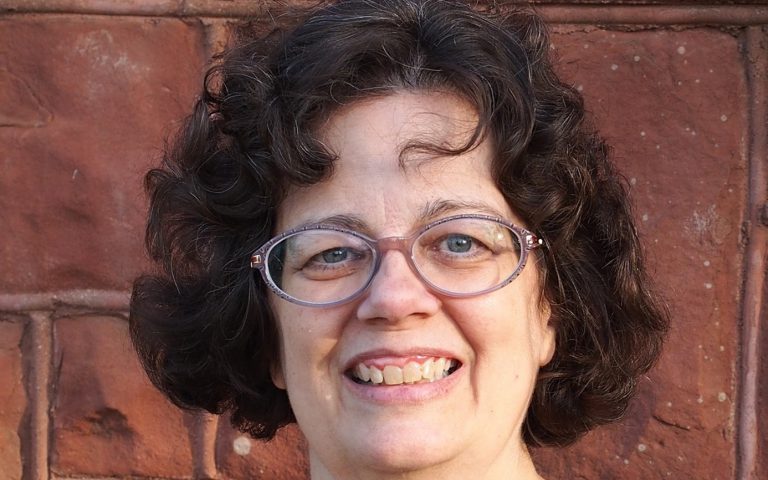
Blakeman Concedes To McGrath In Circuit Clerk’s Race
URBANA – Two-term incumbent Katie Blakeman has conceded to Democratic challenger Susan McGrath in a tight race for Champaign County Circuit Clerk. “Today I called

23 Counties And Counting: Downstate Separation Referendum Wins Favor In November Election
URBANA – One result of the November 2020 election in Illinois was 20 downstate counties passing an advisory referendum in support of forming their own

Illinois Democrats React To Biden Elected President
CHAMPAIGN – Democratic leaders in Illinois praised the projected election of Joe Biden as the 46th president of the United States. Biden defeated Republican President
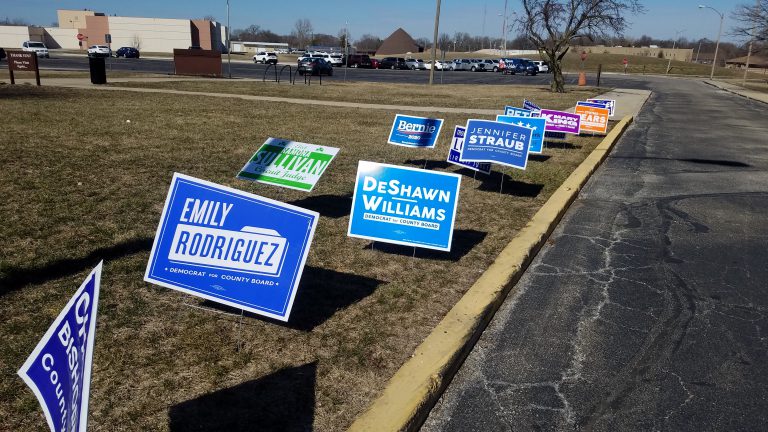
McGrath’s Narrow Lead For Circuit Clerk Holds, As Ballot Counting Continues
URBANA – The Champaign County Clerk’s office added another 1,917 ballots to its total Friday, as election workers continued to process vote by mail ballots,

Dirksen Londrigan Concedes To Davis, After 2nd Bid For Congress Fails
SPRINGFIELD – Democrat Betsy Dirksen Londrigan thanked her supporters, volunteers and campaign staff Wednesday, after losing to Congressman Rodney Davis for a second time. And

Incumbents Win State Races, Democrats Lead Several Champaign County Races
EDITOR’S NOTE: This post will be updated as new results are available. Last updated at 4:30 a.m. Thursday 11/5. CHAMPAIGN – East-central Illinois incumbents for
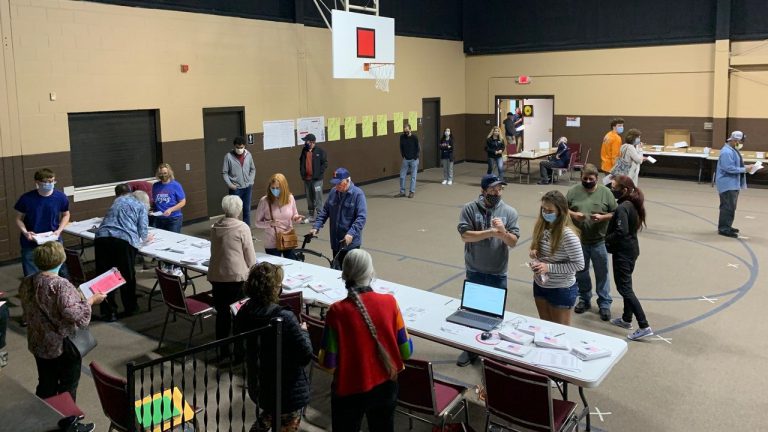
Voters And Officials Report Smooth Election Day In Central Illinois
Editor’s note: These stories were reported by University of Illinois journalism students, with coverage coordinated by College Of Media journalism professor Chris Evans and professional
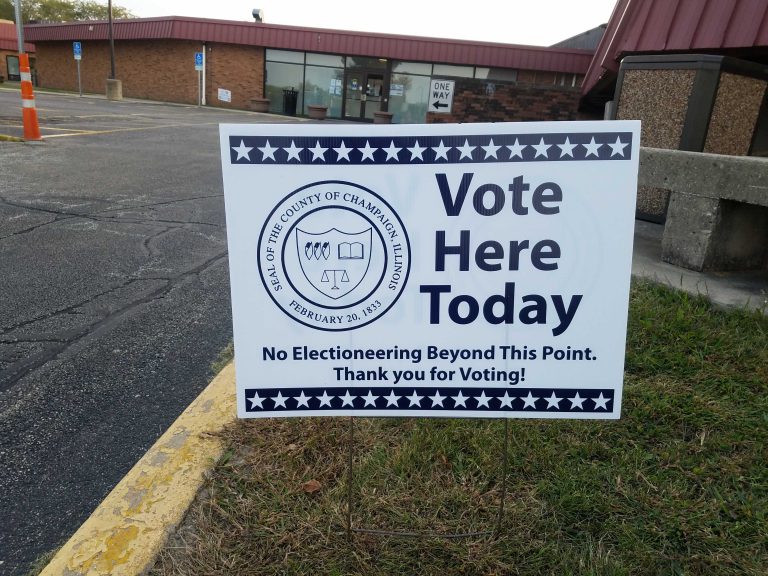
In Illinois, Late-Arriving Mail-In Ballots Could Decide Close Contests
CHAMPAIGN — On Election Day 2020, there is lots of speculation on whether voters will know who they have chosen for president by Election Night,

Given’s Campaign For State Senate Pits Her Against Bailey For 2nd Time
Democratic Illinois Senate candidate Cynthia Given says her Republican opponent spends too much time on divisive politics, and not enough time helping the voters of

Republicans Accuse Champaign County Clerk Of Election Misconduct
UPDATE: Nov. 3 2020 – Beginning Monday, November 2, the Champaign County Clerk will provide names and addresses of who has received vote-by-mail ballots in
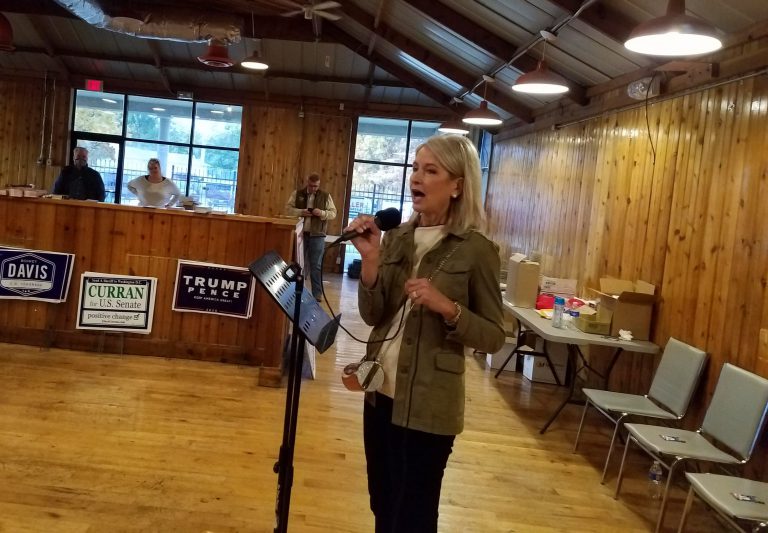
Congressional Candidate Miller Sidesteps Debates
This article is about candidate debates — or, to be precise, candidate debates that don’t happen. Not every candidate wants the risk of confronting their

Voices From Illinois’ 15th Congressional District
Illinois’ 15th congressional district is one of two in the state where no incumbent is running. But this article is about the district itself, not
Heard On The 21st
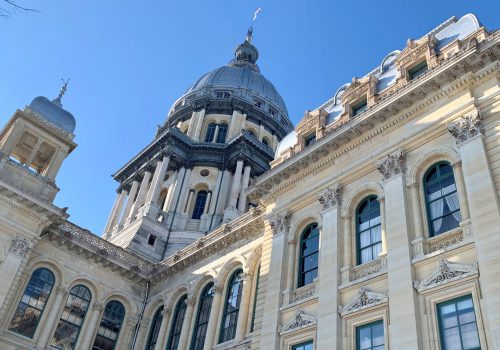
Graduated Income Tax On The Ballot
This November, one of the biggest questions on the ballot is whether the state constitution should be changed to allow for a graduated income tax. Of the 43 states that impose income taxes on individuals, Illinois is one of a minority that has a flat tax — where millionaires and minimum wage earners ostensibly pay the same rate on income. The constitutional amendment would allow for a system where people who make more money would pay a higher rate.

Interview: State Sen. Elgie Sims, D-Chicago
The Illinois Legislative Black Caucus, comprised of 31 members from the Illinois State House and Senate, announced an agenda aimed at helping overcome centuries of racial oppression. For State Senator Kimberly Lightford, the Chair of The Black Caucus, the new agenda is not only a step towards racial equity and justice legislatively, but also personally.

Answering Your Mail-In Voting FAQ
President Trump continues to cast doubt on voting by mail this election season. But it’s something both Democrats AND Republicans have embraced in Illinois. The 21st speaks to two top election officials from the state, and county levels to answer listeners questions about the process and how ballots are counted.

The Politics of Voting By Mail
Election season is here, and with COVID-19, more people than ever are expected to vote by mail. The 21st gets a bipartisan perspective on the issue from one of the top Democratic operatives in the state and the chairman of Vote Yes for Fairness and a Republican state representative who threw his own vote-by-mail campaign together in the closing weeks of the last election, eking out a win by just one point.

Interview: Former Gov. Jim Edgar (R-IL)
Jim Edgar served as a State Representative and Secretary of State before being elected Governor of Illinois in 1990. The Republican served two terms in that office, from 1991 through ‘99. He announced earlier this week that he would be voting for Democratic presidential candidate Joe Biden in this election cycle.

Interview: Tim Schneider, Illinois Republican Party Chairman
The 21st was joined by the chairman of the Illinois Republican Party to talk about the RNC, how President Trump has handled the pandemic and members of his party voting for the Democratic presidential candidate, Joe Biden, in November.

Young Republicans in Illinois
About 23.7 million young people voted in the 2016 Presidential election. More young voters tend to identify themselves as ‘liberal’ but there are many younger members of the Grand Old Party too. When it comes to the 2020 Election both parties are making their cases to young voters.

Interview: Ambassador And former US Senator Carol Moseley Braun
There's only been two Black women to serve in the United States Senate: Kamala Harris of California and Carol Moseley Braun of Illinois.

Interview: Senator Dick Durbin (D-IL)
To speak about the Democratic ticket, The 21st was joined by Illinois Senator Dick Durbin (D-IL).

Interview: Victor Shi, Illinois’ Youngest Biden Delegate
Victor Shi was 17-years-old when he was chosen in the Democratic primary to serve as a delegate from the 10th district of Illinois.
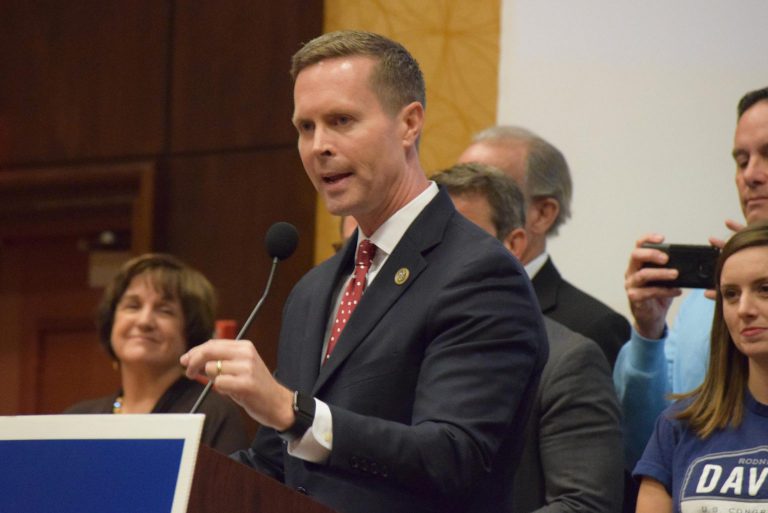
Interview: Rodney Davis (R-IL)
Rodney Davis (R-IL) joined the 21st to discuss more about masks, the USPS and the American Care Act.
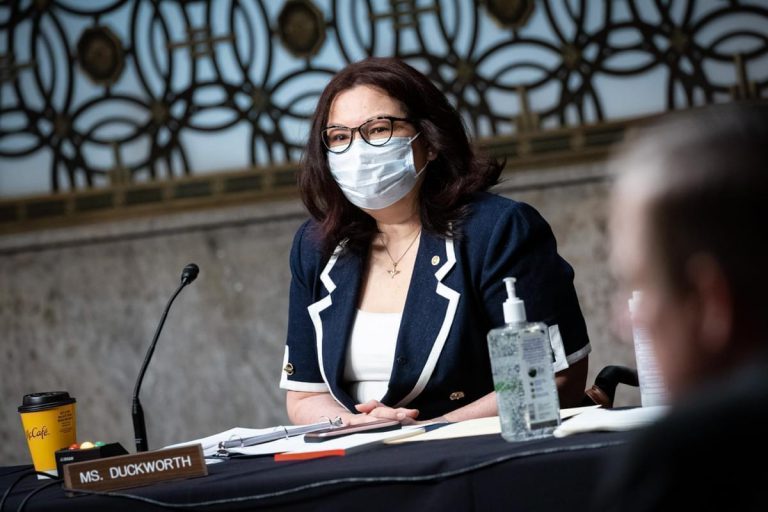
Sen. Tammy Duckworth on ‘Quarantine Fatigue,’ Illinois State Finances, and the Possibility of Running for VP With Biden
Sen. Tammy Duckworth on ‘Quarantine Fatigue,’ Illinois State Finances, and the Possibility of Running for VP With Biden.

Campaigning In A Pandemic
How preventing coronavirus cuts into the ways candidates seek to connect with voters.

Interview: Marie Newman, Congressional Candidate (D)
The 21st is joined by Marie Newman, Democratic nominee for Illinois' 3rd congressional district, who defeated 7-time-incumbent Dan Lipinski in March. She is considered a progressive voice in the party.

Democrats in Illinois Trump Country
Illinois is a reliably blue state. Democrats have won the Land of Lincoln in every presidential election since 1992. But there is a lot of red. In 2016, most counties actually went to Trump. While the more populated places like Chicago, Rockford and Peoria went to the then Democratic candidate, Hillary Clinton along with some college towns, like Urbana-Champaign, home to the state’s largest university.




